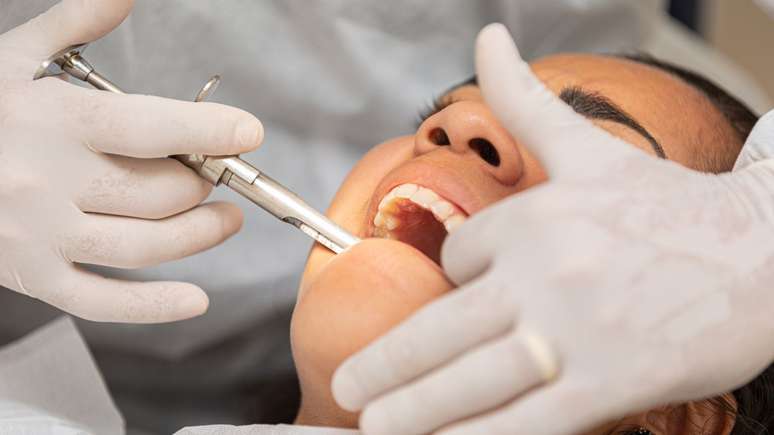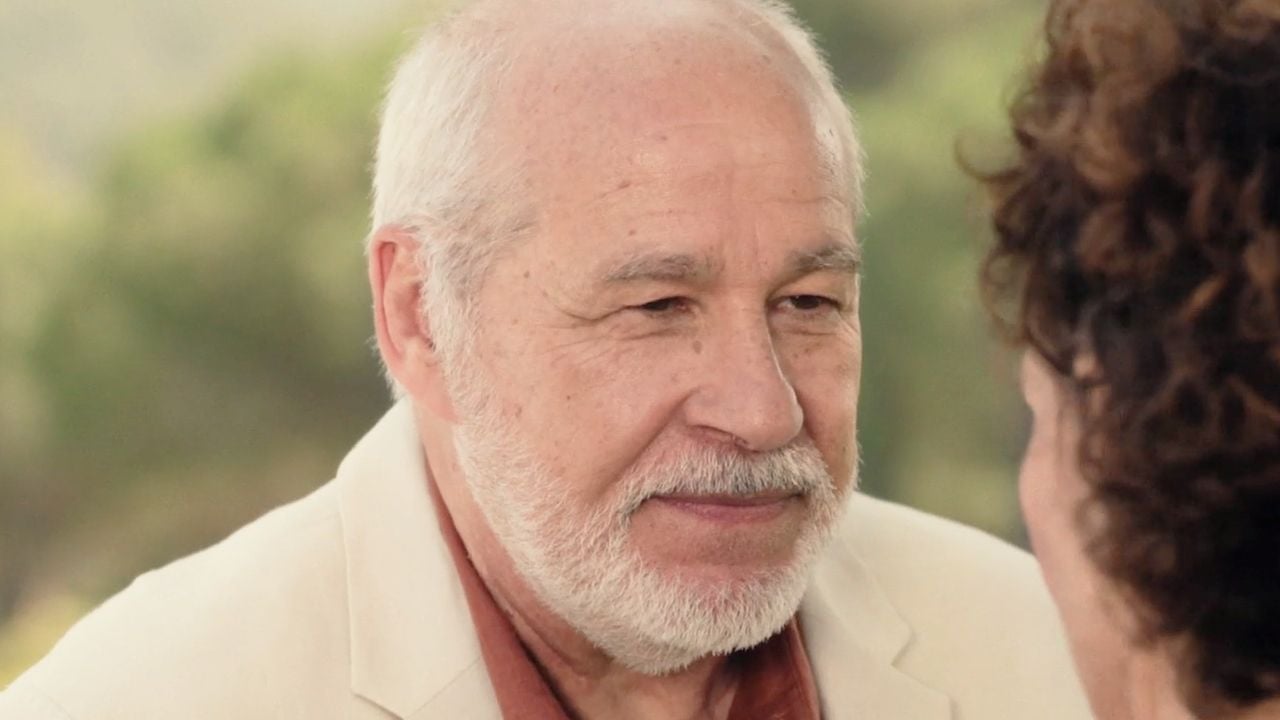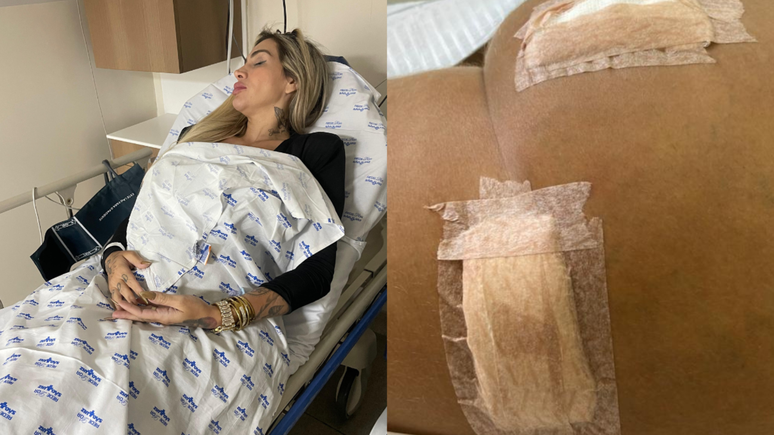Problems like infections can occur after wisdom teeth are removed; see precautions that can help avoid complications
The fallout from failed third molar (wisdom tooth) removal cases eventually brings to light some of the risks involved in this procedure. However, there’s also no way to ignore the fact that it’s a file surgery required in many cases. Therefore, it is important to inform yourself as much as possible about your real risks, how to avoid them and what to do if they arise.
html[data-range=”xlarge”] figure image img.img-24e3ac3137487ec128a6d65aaa8332bewbu1wkoi { width: 774px; height: 435px; }HTML[data-range=”large”] figure image img.img-24e3ac3137487ec128a6d65aaa8332bewbu1wkoi { width: 548px; height: 308px; }HTML[data-range=”small”] figure image img.img-24e3ac3137487ec128a6d65aaa8332bewbu1wkoi, html[data-range=”medium”] figure image img.img-24e3ac3137487ec128a6d65aaa8332bewbu1wkoi { width: 564px; height: 317px; }
For this, we asked Clarice Maia, professor of the Dentistry course at the Centro Universitário Fametro (Unifametro) to explain a little more about the wisdom teeth removal. Check it out below!
First of all, the specialist explains that the extraction of wisdom teeth is one of the most frequent surgical interventions performed above all by dentists Specialists in Oral and Maxillofacial Surgery and Traumatology.
Also, wisdom teeth often cause pain and difficulty cleaning and need to be removed when not enough space, so they end up being placed in the wrong place. “Inflammation of the adjacent gingival tissue, tooth decay due to difficulty cleaning and local pain are some of the reasons that drive patients to seek treatment,” explains the professor.
Risks of wisdom teeth removal
According to Clarice, the main risks of wisdom teeth surgery are bone fractures, bleeding with bruising, nerve damage, and postoperative infections.
There are risk conditions that can also increase the likelihood of these complications. These factors are:
- old age;
- diseases and health conditions that compromise the patient’s immunity;
- very deep dental placement, with greater bone coverage of the tooth to be removed.
To minimize the risks, the way is to follow and carry out the procedure with a qualified professional, following the recommendations for the postoperative period. This could include, for example, the use of any medications, such as antibiotics.
What to do in case of complications?
If, even after following all the guidelines, signs of complications appear, the most important thing is to do so seek a specialist immediately. “Such complications, when they occur, require adequate and timely treatment, which may consist of a second surgical intervention, as in the case of bone fractures involving the jaw, or in follow-up and clinical treatment, associated or not with surgical, if , as in the case of infections and hematomas. Infections after the removal of third molars need early diagnosis and treatment, including antibiotic therapy and surgical drainage, when necessary,” concludes Clarice.
signs of complications still arise, the most important thing is to look for it immediately
Source: Terra
Ben Stock is a lifestyle journalist and author at Gossipify. He writes about topics such as health, wellness, travel, food and home decor. He provides practical advice and inspiration to improve well-being, keeps readers up to date with latest lifestyle news and trends, known for his engaging writing style, in-depth analysis and unique perspectives.








